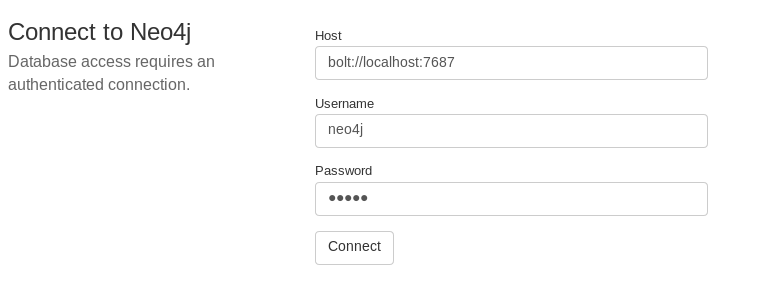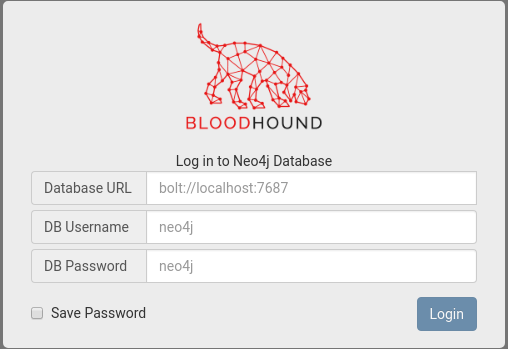
BloodHound er et værktøj til at analysere og forstå Active Directory Trust Relationships. Attakere kan bruge BloodHound til nemt at identificere meget komplekse angrebsstier, der ellers ville være umulige at identificere hurtigt. System Administratorer kan bruge BloodHound til at identificere og eliminere de samme angrebsstier. Både hakker og Administratorer kan bruge BloodHound til nemt at få en dybere forståelse af privilegierelationer i et Active Directory-miljø.
Programmet er gratis og køre på Windows, Linux og MAC OSX.
Installer BloodHound på Kali Linux
Opdater Kali Linux før du installere BloodHound
BloodHound afhænger af neo4j, så det vil også blive installeret. Kør følgende
Start neo4j console, lad vær med at lukke terminalen.

Åben din browser og skriv http://localhost:7474. Defalut brugernavn neo4j og password neo4j klik på connect
Ændre password
minimer din browser. Åben en terminal og skriv bloodhound
Brug følgende:
Database URL – bolt://127.0.0.1:7687
Username – neo4j
Password – brug det password du lige har ændret
Tryk på login og du vil se Bloodhound værktøj uden data. Du kan importere data og få analyseret dem.







You must take part in a contest for among the best blogs on the web. I’ll recommend this site!
I love your blog.. very nice colors & theme. Did you make this website yourself or did you hire someone to do it for you? Plz reply as I’m looking to create my own blog and would like to know where u got this from. appreciate it
Nice to hear that you like my website. I created the website by my self. I will recommend you to to start with WordPress, it easy to create a website/blog, and there is many different Themes you can use for free.